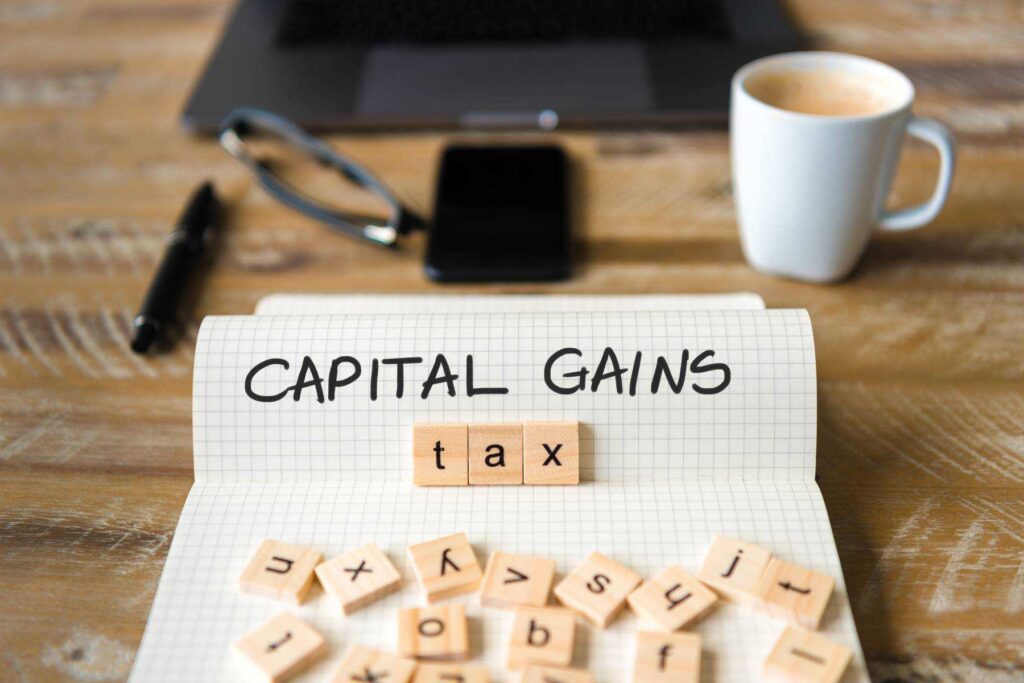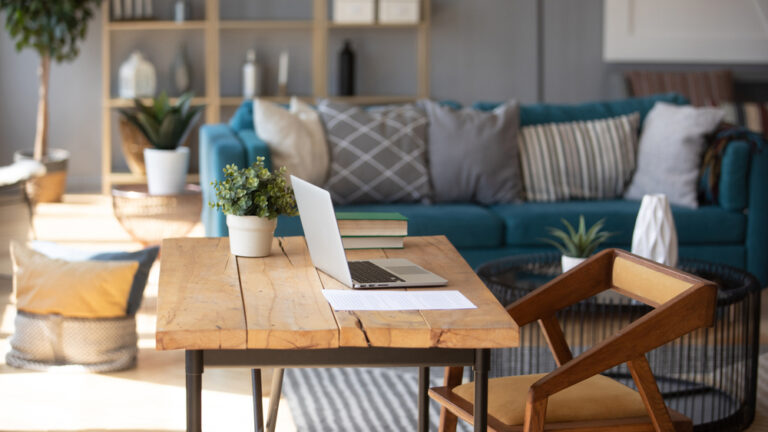If you’re thinking of becoming a landlord and renting out a property in the UK, you’ll need to know about a whole host of taxes.
One of those is capital gains tax. But what is it, how much will you have to pay and when do you have to pay it?
Here, we’ll explain everything you need to know about capital gains tax…
What is capital gains tax and when do you pay it?
Capital gains tax is the tax you pay when you sell something for more than the price you paid for it.
Things you may have to pay capital gains tax on include:
• Personal items worth more than £6,000, but not your car
• Property that isn’t your main home
• Shares
• Business assets
The key item in that list for landlords is ‘property’ – in particular, rental property.
If you sell a rental property for more than what you originally paid for it, you could be liable for capital gains tax on the difference, or ‘gain’.
Capital gains tax on rental property explained
When you sell your main home, you’re able to claim private residence relief, which means you pay no capital gains tax on any increase in value.
But if you’re selling a second home, or investment property, however, you may have to pay capital gains tax on any profit you make.
For example, if you buy a rental property for £200,000 and sell it 10 years later for £250,000, you may be liable for capital gains tax on the £50,000 profit.
Capital gains tax rates when selling a rental property
The amount of capital gains tax you pay depends on which income tax band you fall in.
If you’re a basic rate taxpayer, earning between £12,500 and £50,000 a year in income, you’ll pay 18% on any capital gains you make from property.
And if you’re a higher or additional rate taxpayer, earning more than £50,000 per year, you’ll pay 28% on property-related capital gains.
The capital gains tax personal allowance
Each person is entitled to an annual capital gains tax personal allowance, which is currently £12,300.
This means you’ll pay no tax on the first £12,300 of any capital gain you make – on property, or otherwise. If your rental property is jointly owned with a spouse, meanwhile, their personal allowance counts, too, meaning you’d pay no tax on the first £24,600 of any gain you make.
Reducing your capital gains tax bill
As well as your personal allowance, you can also deduct certain costs from your capital gains tax bill when selling your rental property.
Costs you’re able to deduct include:
• Stamp duty from your original purchase
• Solicitor fees from selling the property
• Estate agent fees from selling the property
• The cost of any improvements, for example extensions, energy efficiency work or a new kitchen
Deducting private residence relief
When you sell a property that is your main residence, you can claim 100% private residence relief – meaning you pay no capital gains tax on any profit you make.
As a landlord, you may be able to claim partial private residence relief, if the rental property you’re selling was once your main home.
You can claim private residence relief for the period of time you lived in the property, plus the final nine months before it’s sold.
For example, if the price you paid for your rental property was £200,000 and its sale price is £250,000 10 years later, that means your taxable gain is £50,000.
However, if you lived in the property for two years, you could deduct that two years, plus the final nine months of ownership, from your tax bill as follows:
• 10 years of ownership = 120 months
• £50,000 gain divided by 120 months = £416 gain per month
• 24 months as main residence plus nine months pre-sale = 33 months of private residence relief
• 33 months multiplied by £416 monthly gain = £13,728
• £50,000 gain minus £13,728 private residence relief = £36,272 taxable gain
Deadline to pay capital gains tax
Under new rules since April 2020, any capital gains tax from the sale of property must be paid to HMRC within 30 days of the sale.
If you usually complete a self-assessment tax return each year, you’ll also need to declare your capital gains on this.
How to calculate your capital gains tax bill
To work out your taxable gain, you should:
• Deduct the price you sold your property for from the price you paid for it
• Deduct any remaining personal allowance you have, up to £12,300
• Deduct any allowable costs
• Deduct any partial private residence relief
For example:
• £250,000 – £200,000 = £50,000 gain
• £50,000 – £12,300 personal allowance = £37,700
• £37,700 minus £6,000 deductible costs = £31,700
• £31,700 minus £13,728 in private residence relief = £17,972
If you’re a higher or additional rate taxpayer, your capital gains tax bill would be 28% of £17,972, which equals £5,032.
If you’re a basic rate taxpayer earning between £12,500 and £50,000 per year, you would add your £17,972 taxable gain to your other income. You would then pay 18% in capital gains tax on the amount below £50,000 and 28% in capital gains tax on any amount over £50,000.
So, if you earned £35,000 a year in income, your bill would be worked out as follows:
• £35,000 income + £17,972 taxable gain = £52,972
• Therefore, £2,972 of gain is taxed at higher rate and £15,000 at lower rate
• 18% on first £15,000 of gain = £2,700
• 28% on remaining £2,972 of gain = £832
• Total capital gains tax bill = £3,532
Changes to capital gains tax in 2021
Changes to capital gains tax were widely expected ahead of the spring Budget in March 2021, but most failed to come to fruition.
Instead, the only change to capital gains tax in 2021 was the freezing of the personal allowance at £12,300, which will remain in place until 2026.
Further reading…
If you’re thinking of investing in property for the first time, or you’re expanding your portfolio, take a look at these 10 reasons why using a letting agent could be a great move.





